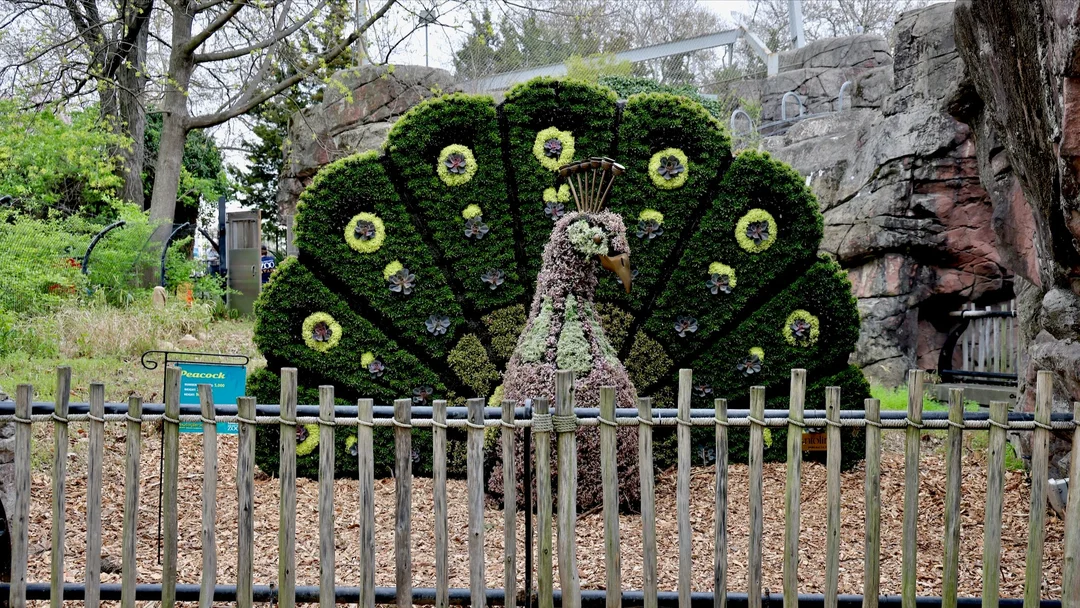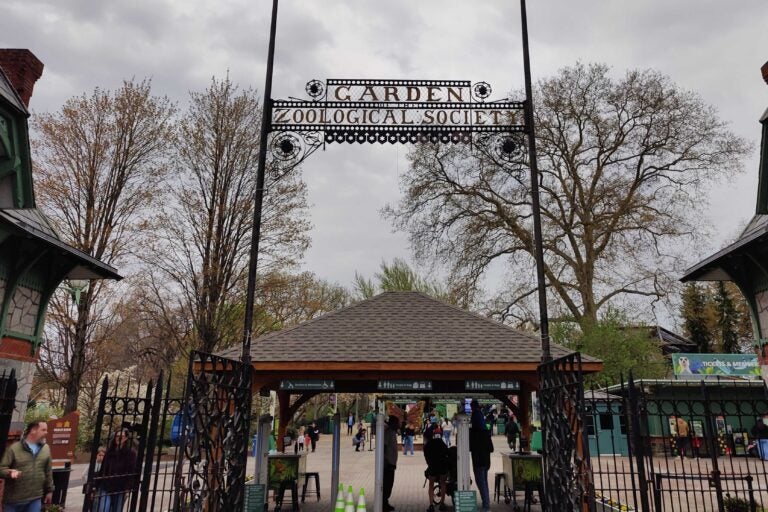
The Spectacular Zootopians: Plant Sculptures Transform Philadelphia Zoo
As visitors stroll through the Philadelphia Zoo, they are greeted not just by animal exhibits but by a stunning display of horticultural artistry—the ZOOtopiaries. This exhibition features five gigantic topiary animal sculptures crafted from thousands of individual plants, blending the beauty of flora with fauna in an innovative way.

The exhibit kicks off with a massive butterfly sculpture adorned with 3,200 tiny plants, serving as both a vibrant welcome and an educational gateway to the connections between animals and plants. Peruvians would not only find solace in observing the zoo's real animal inhabitants, but they'd also have the chance to engage with these intricate structures.
Dani Hogan, the manager of mission integration at the zoo, emphasized that while a live snail exhibit does not exist, wild snails can still be encountered in the surrounding area. This clever commentary on the exhibit cleverly intertwines the theme of wildlife with the rich biodiversity found right outside the zoo.

Designed by the Quebec-based company Santoline, the "ZOOtopiaries: Nature's Sculptures" are not mere topiaries; instead, they exemplify a technique called mosaiculture. This artistic form entails creating sculptures from thousands of carefully placed plants, giving life to magnificent creatures like a towering 21-foot giraffe, a peacock, and even a snail as large as a compact car. Each sculpture not only dazzles the eye but also encourages viewers to appreciate the intricacies of both plant life and natural ecosystems.

Tim Dunham, the zoo's manager of horticulture, stated that these sculptures represent a necessary revival of horticultural appreciation at the zoo, noting that past endeavors have often overshadowed plant life in favor of zoological exhibits. This larger narrative connects back to the zoo's origins in 1874, where horticulture has always played an essential role.

As the temporary exhibit continues until the end of October, it reminds us of the interdependent relationship between plants and animals. Are we ready to embrace more such exhibits that celebrate biodiversity? Share your thoughts in the comments below!